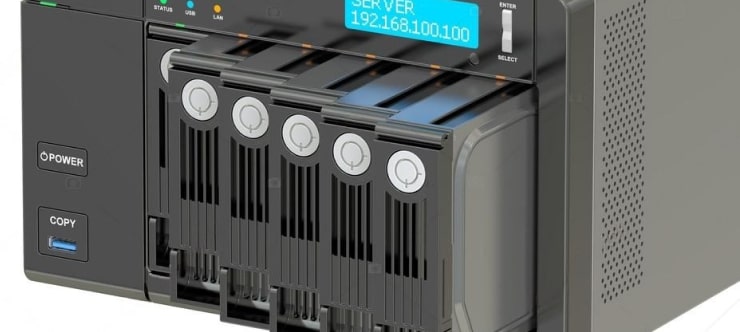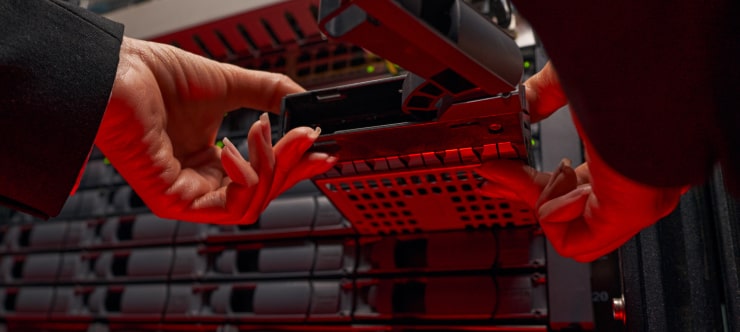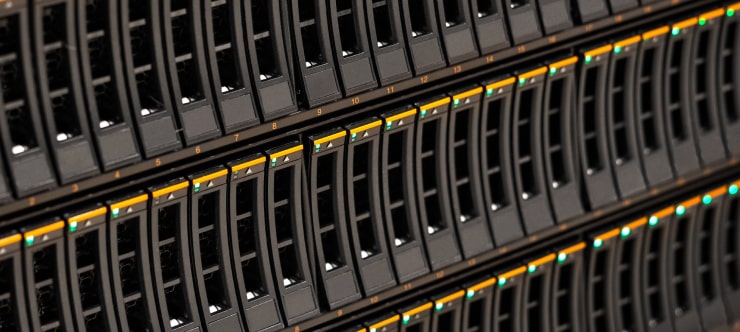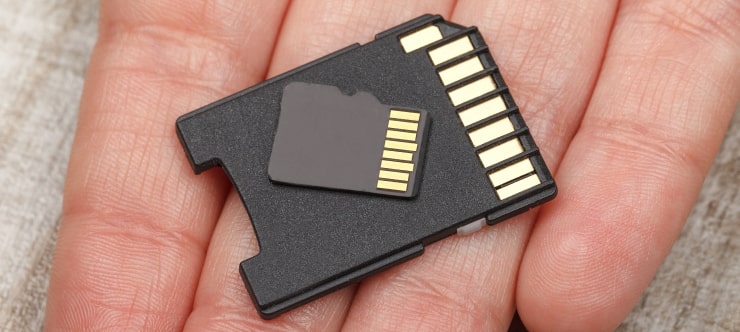Nhtnwcuf Ransomware Data Recovery

I think there's an issue with my storage device, but I'm not sure
Start a free evaluationWhat is Nhtnwcuf Ransomware?
Nhtnwcuf is a type of malware that encrypts your files and demands a ransom payment to decrypt them. This malicious software can spread through email attachments, malicious websites, or infected advertising banners. Once it's on your computer, the ransomware will scan your hard drive for certain types of files (such as documents, pictures, and music) and encrypt them using a strong encryption algorithm. The encrypted files will then have a ".nhtnwcuf" extension added to their filename. For example, "sample.jpg" would become "sample.jpg.nhtnwcuf".Nhtnwcuf will also create a text file named "README.txt" which contains instructions on how to decrypt your files. These instructions typically involve paying a ransom fee of around USD 500 in Bitcoin. Nhtnwcuf Ransomware will also state that if you don't pay the ransom within a certain period (usually 7 days), the price will double. Additionally, this ransomware may delete certain types of files from your computer after a certain amount of time has passed.
What encryption algorithm does Nhtnwcuf use?
This ransomware uses the AES-256 encryption algorithm to encrypt files. This is a symmetric key algorithm, which means that the same key is used to encrypt and decrypt files. Nhtnwcuf generates a unique encryption key for each file it encrypts. This key is then encrypted using the RSA-2048 asymmetric key algorithm and a hard-coded public key built into the Nhtnwcuf ransomware code. The encrypted key is then appended to the end of the encrypted file.
History
Nhtnwcuf was first discovered in August 2016 by malware researcher Michael Gillespie. At the time, it was being distributed via email attachments that pretended to be invoices or shipping documents. Nhtnwcuf Ransomware would also use social engineering techniques to trick victims into opening the attachment and running the malicious code.In September 2016, Nhtnwcuf was updated to include the ability to spread via the EITest attack campaign. EITest is a malicious redirection campaign that has been used to distribute a variety of different types of malware, including Nhtnwcuf ransomware.In October 2016, this ransomware was updated again to include the ability to spread via the Neutrino Exploit Kit. The Neutrino Exploit Kit is a tool that allows attackers to easily distribute malware by embedding malicious code into websites or advertising banners.In November 2016, this ransomware was updated to include the ability to encrypt files on network shares. This meant that Nhtnwcuf could spread across an entire network very quickly and encrypt numerous files in a short period.
What was the biggest Nhtnwcuf ransomware attack?
The biggest Nhtnwcuf ransomware attack occurred in December 2016, when the malware infected over 10,000 computers in South Korea. The ransomware was spread via a malicious website that pretended to be a job portal. Once victims visited the site, they were redirected to a page that contained an exploit code for the CVE-2016-0189 vulnerability. This vulnerability allowed Nhtnwcuf Ransomware to be downloaded and executed automatically.
Protection
There are a few things you can do to protect yourself from Nhtnwcuf and other types of malware:
- Use a reputable antivirus program and keep it up to date. Many antivirus programs detect this ransomware, so keeping your antivirus software up to date will help protect you from this and other types of malware.
- Be careful what you click on. Avoid clicking on links or opening attachments from unknown senders. If you're unsure about a website, do a quick Google search to see if others have reported it as being malicious.
- Keep your software up to date. Nhtnwcuf exploits vulnerabilities in software programs to infect your computer. By keeping your software up to date, you can close these security holes and make it harder for Nhtnwcuf (and other malware) to infect your computer.
- Use a reputable backup program. Nhtnwcuf ransomware will delete your files after a certain amount of time has passed. By having a backup of your files, you can restore them if Nhtnwcuf (or any other type of malware) deletes them.
- Be careful what you download. Only download programs from trusted sources.
If you do get infected with Nhtnwcuf Ransomware, there are a few things you can do:
Do not pay the ransom. Nhtnwcuf Ransomware developers have been known to delete files even after receiving payment.Use a reputable malware removal program to remove it from your computer.Restore your files from a backup. This is the best way to recover your files if you have this ransomware on your computer.
Public decryption tool is not available for Nhtnwcuf Ransomware.
If you do not have a backup, you may be able to use a data recovery program to recover some of your files. Data recovery programs can often recover files that have been deleted or corrupted by Nhtnwcuf. However, they will not be able to recover all of your files.We recommend using SalvageData data recovery software.
Contact a data recovery service
This is the best way to recover your files if Nhtnwcuf has encrypted them. Data recovery services have the tools and expertise to recover files that Nhtnwcuf ransomware has encrypted.SalvageData is a reputable data recovery service that can help you recover your files. SalvageData team of experts is available 24/7 to help you recover your data.If you have any questions, please feel free to contact us.Thank you for reading!
Related services
These are the most commonly requested data recovery services. At our headquarters' cleanroom lab, our certified engineers conduct a thorough review of any type of physical storage device, determining if there is logical or physical damage and carefully restoring all of the lost files.ces.

External Drive Data Recovery
We recover data from both external SSD and HDD drives. Rely on certified experts to restore your important files from damaged or corrupted external drives.

Hard Drive Data Recovery
Recover data from all brands of HDD, PC hard drives, and hybrid disks. Our specialists ensure fast and secure recovery for any data loss scenario.

NAS Data Recovery
Recover data from NAS devices, including RAID configurations. Our team handles all types of NAS systems and ensures data recovery with minimal downtime.

RAID Data Recovery
Our RAID data recovery services cover RAID 0, 1, 5, 10, and other configurations. We offer expert solutions for failed, degraded, or corrupted RAID arrays.

SAN Data Recovery
Our team specializes in handling SAN devices from leading manufacturers like Dell EMC, HP, and IBM, ensuring efficient recovery with minimal disruption to your operations.

SD Card Data Recovery
Our recovery experts specialize in restoring data from SD and memory cards. We guarantee quick recovery with a no-data, no-charge policy.

SSD Data Recovery
Our data recovery experts handle all SSD data loss scenarios with advanced tools, ensuring maximum recovery with high-security protocols.

USB Flash Drive Data Recovery
Recover lost data from USB flash drives, regardless of the damage or brand. We offer free in-lab evaluations to assess data recovery needs.
If you’re unsure about which data recovery service to choose, let our team assist you in selecting the appropriate solutions. We understand the anxiety that comes with a sudden drive failure, and we are more prompt in our actions compared to other recovery service providers.



